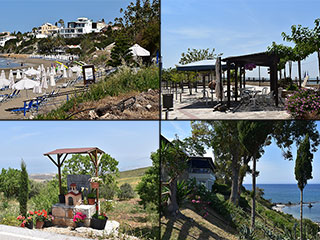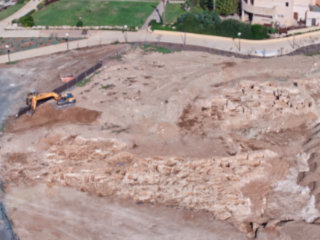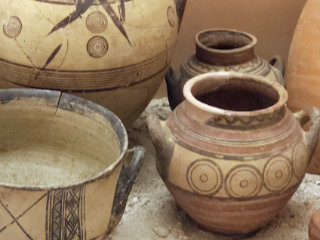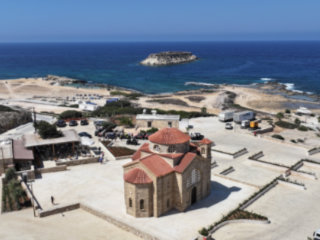Aphrodite's Gardens
Sign Close Up
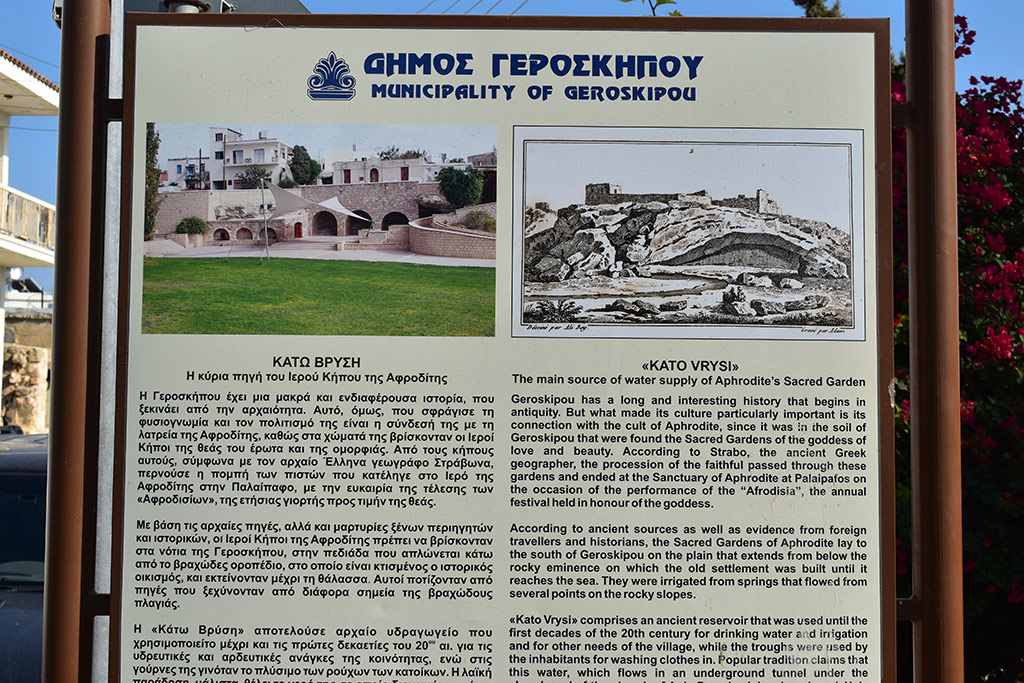
Geroskipou has a long and interesting history that begins in antiquity. But what made its culture particularly important is its connection with the cult of Aphrodite, since it was in the soil of Geroskipou that there were found the Sacred Gardens of the goddess of love and beauty. According to Strabo, the ancient Greek geographer, the procession of the faithful passed through these gardens and ended at the Sanctuary of Aphrodite at Palaipafos on the occasion of the performance of the "Afrodisia", the annual festival held in honour of the goddess.
The Green, Green Grass...
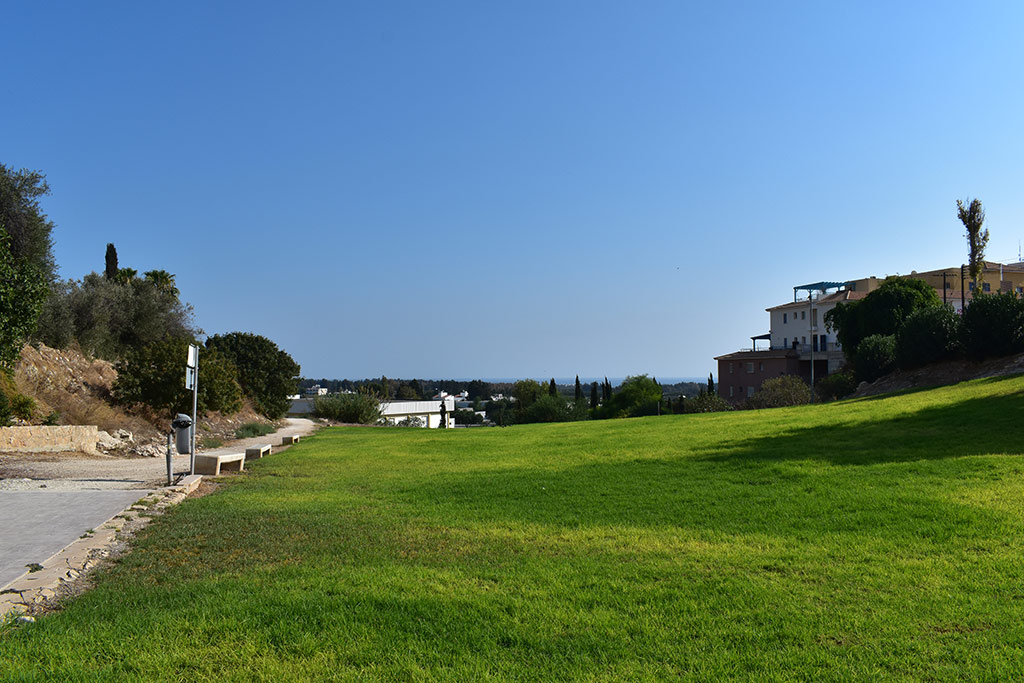
According to ancient sources as well as evidence from foreign travellers and historians, the Sacred Gardens of Aphrodite lay to the south of Geroskipou on the plain that extends from below the rocky eminence on which the old settlement was built until it reaches the sea. They were irrigated from springs that flowed from several points on the rocky slopes.
Heading: aphrodites-gardens_08
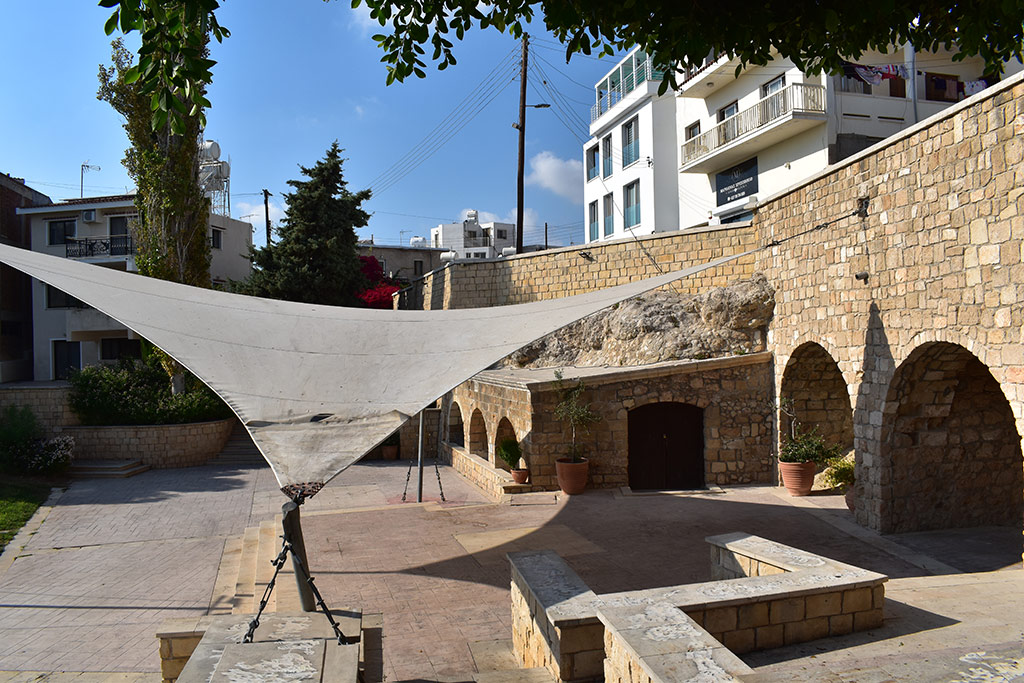
Kato Vrysi comprises an ancient reservoir that was used until the first decades of the 20th century for drinking water and irrigation and for other needs of the village, while the troughs were used by the inhabitants for washing clothes in. Popular tradition claims that this water, which flows in an underground tunnel under the churchyard of the church of Agia Paraskevi, is miraculous ("Holy Water"), since it was connected with the treatment of eye diseases.
The Spring
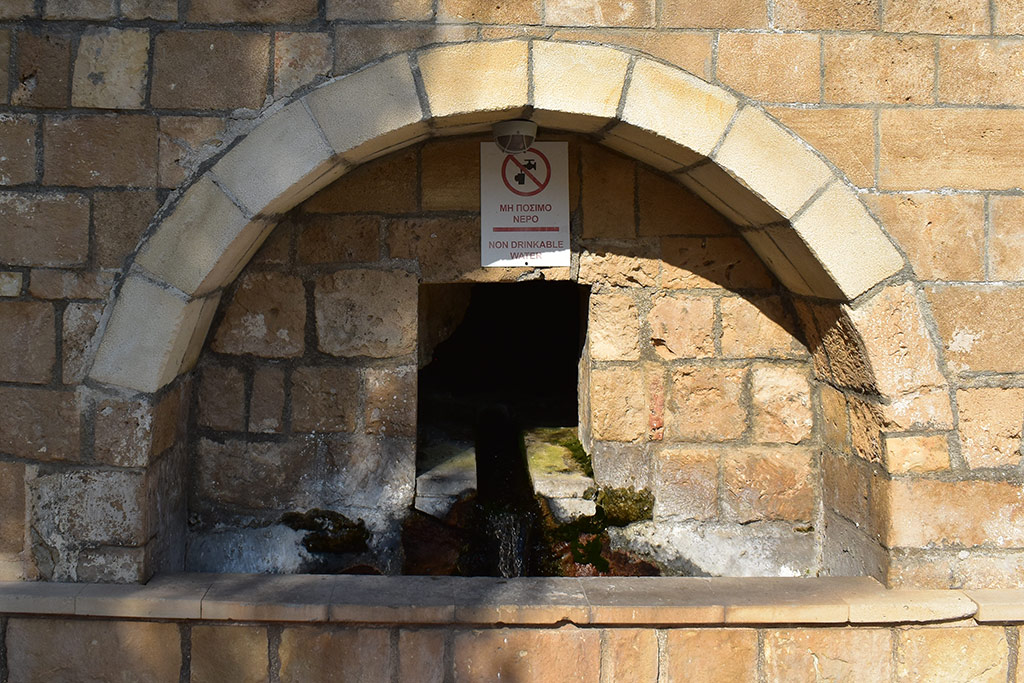
In antiquity Kato Vrysi must have had a role in the worship of the goddess Aphrodite, as seems to be the main source of water supply of the Sacred Garden. Important information enhancing the above version, gives us, in the first volume of his work "Travels of All Bey", the Spanish traveller Domingo Badia y Leyblich, known with the Arab pseudonum Ali Bey al-al-Abbasi, who visited Geroskipou in 1806:
The next day, Friday, April 25, I paid my visit to the sacred garden of Venus. It is a plain, a mile broad and stretching about two miles along the seashore, to which it falls in a gentle slope. Limestone rock in horizontal strata, with a perpendicular fall, encloses it on the higher side; you could fancy the garden were underground, because to enter it from any side you must descend through a ravine. Just below the village of Yeroschipos, in the garden, is the chief spring. This too issues from the slope of the rock, and gives excellent water, like all the springs in the garden, in great abundance.
Opening Date
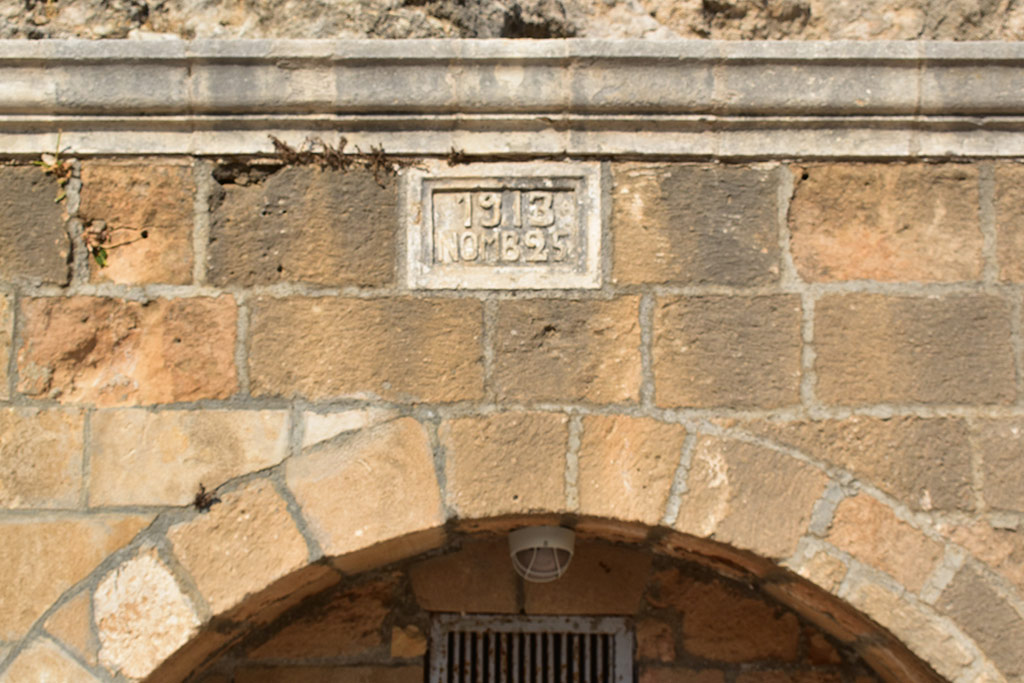
It looks like the latest incarnation of this spring was completed in 1913, though I think it has been renovated since then.
Page 2 of 3


Related Blogs:
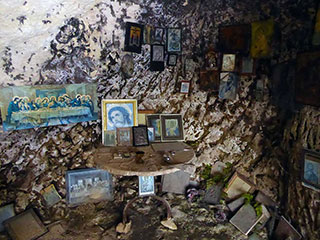
St George's Church and Shrine Caves
Near the shops on the Paphos / Geroskipou border, is a little track that runs below a cliff through some farmland. A sign indicates that there is a church down there, so one day I thought I would investigate. Sure enough, there was a little church, but there was so much more besides...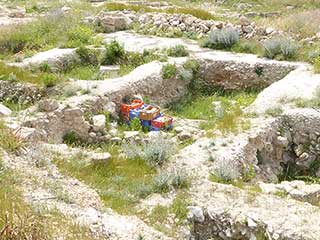
A Geroskipou Mini Mystery
After our last blog of the strange monument near Mandria, we were delighted with the response, so we thought we would post these pictures of another forgotten site, this time in the heart of Geroskipou. Did anybody work on this site in the past, and if so, can they say why excavation work seems to have halted mid dig?Good Pages To Visit

FB PagePaphos Life on Facebook
Like us on Facebook and stay notified of new blog posts.

FB PageOur Facebook Chat Group
Paphos Chat has been created for people who like our site and want to chat using Facebook. You can also easily upload photos of any size here. A lot of people are members of the Facebook chat group and the main forum. It's entirely up to you.

ListBlog Locations
Planning a day out? Then use our map of blog locations as a handy guide. Some of the places we visit our closer to each other than you might think, so take a look and start planning your next adventure...
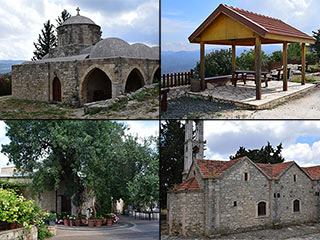
eBookCyprus Road Trip 01: the Kathikas - Panagia Loop
Let me take you on a journey around the region of Paphos, Cyprus. Starting at Paphos itself, we travel to Akoursos, then Kathikas, Kritou Terra and Simou. We continue past Lasa and Kannaviou, before taking in the delights of Panagia. Getting a bit more adventurous, we visit the abandoned villages of Statos and Agios Fotios, before passing through Choulou, Letymbou and Polemi, and rejoining the main Paphos - Polis road.
The route is suitable for all types of vehicle, and requires no off-roading. The guide contains about 130 photographs including shots of all the road signs you need to pay attention to, as well as some of the highlights you may experience along the way.
There are also several maps which will help you keep your bearings.
You can do this journey in a day, or you can break it up into chunks. You can also do it in reverse, to get some completely different views. It is entirely up to you.
